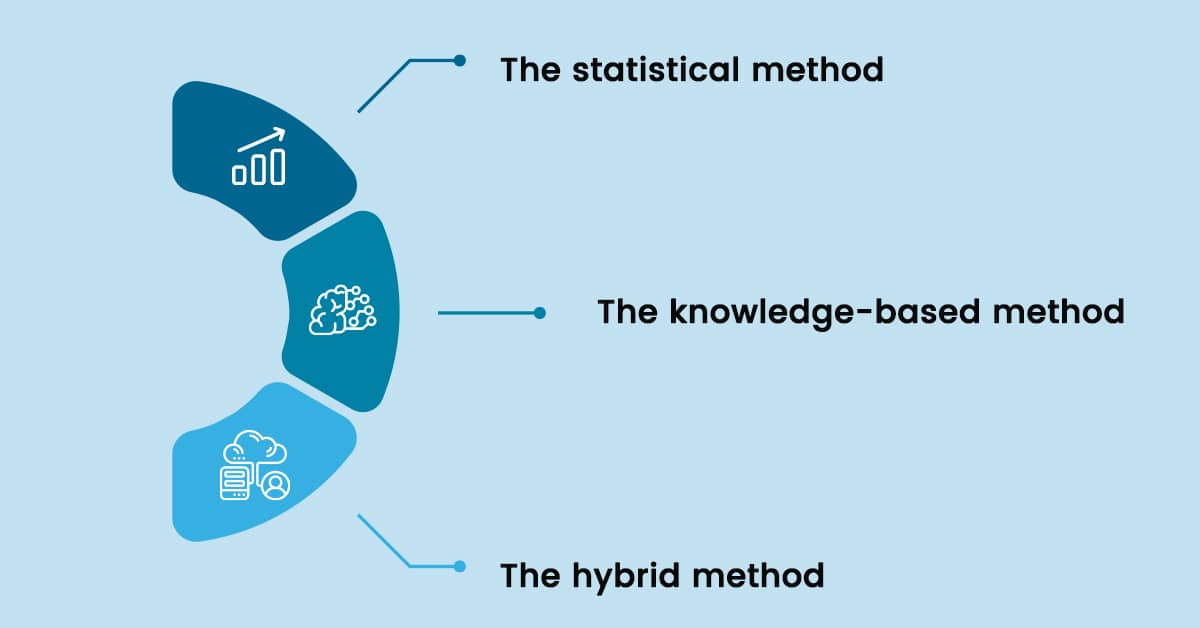
What is Sentiment Analysis?
We, humans, can decode feelings and emotions with the help of language. We have the power to define everything that we are in a few words. Choose a different word, and your well-meaning statement could become completely different. A change in your voice can make your humor come across as sarcasm or even anger. Language is a superpower that we as a species have. So, how do emotions impact capitalism? How do marketing and PR professionals interpret the customer feedback they get? Especially in times when everything a customer needs is one click away. In such a scenario, where do companies stand? For the majority of businesses, sentiment analysis is the saving grace. Such analysis influences companies and can transform how brands sell to customers. Later in the blog, we will explore how web scraping services can better help with sentiment analysis. But before that, let's break down sentiment analysis in simple words.

Sentiment analysis collects, categorizes, and analyzes a text using NLP and computation linguistics. You can categorize human expressions into three types: positive, negative, or neutral. Companies get better insights into consumers’ reactions to specific products or brands. They gauge whether a client’s feedback is positive, negative, or neutral. Based on the results, these companies design or amend their marketing tactics. Market researchers use sentiment analysis to inform businesses about room for growth. For example, leaving reviews or comments is enough for consumers to play their roles. Corporations can then automate collecting feedback and getting to the core of their shoppers’ needs.
Types of Sentiment Analysis

Let’s take a look at the different types of sentiment analysis –
Intent Analysis
As the name suggests, this type of analysis aims at understanding the customer’s intent. It allows businesses to understand if consumers are willing to buy their products or are only browsing. Further, this impacts how they design target-specific marketing campaigns.
Emotion Recognition
With this, you can recognize emotions like happiness, sadness, frustration, angst, etc., per the words, tones, and contexts used.
Aspect-based Analysis
Next in line, we have an aspect-based analysis that reveals targeted feedback. It allows businesses to learn about customers' thoughts on a specific part of an entire product. In a mobile phone review, a client might love everything but dislikes the camera quality.
Graded Sentiment Analysis
This type of sentiment analysis helps determine the polarity scale of feedback, such as if it is very positive or negative or positive or neutral. You can use a 5-star rating system instead.
How does Sentiment Analysis work?

Now that we know sentiment analysis better, let’s dive deeper into how this type of analysis works. Many different approaches sprout from NLP. But, the three main methods in which sentiment analysis works are –
The statistical method
This method uses machine learning techniques to interpret a text. It classifies texts through a feature extractor and transforms them into a feature vector. Furthermore, an algorithm will decode the vectors and make predictions. A common way to interpret a text is through BoW (bag-of-words), which includes vocabulary and familiar words. In sum, this method incorporates an automatic way to find features in a text.
The knowledge-based method
This method classifies human elements and words into two categories: positive and negative. Once the lists are ready, the system counts specific words in these categories. If the text contains more positive words, it is positive, and if it has more negative words, it is negative.
The hybrid method
As the name suggests, this combines the two methods mentioned above. It has the best of both the complex statistical method and the knowledge-based method.
Why should you use Sentiment Analysis?

There are various benefits of sentiment analysis. These include –
- Identify unsatisfied customers on time to resolve any issues.
- Get better insights into customers’ likes and dislikes and make informed decisions.
- Grab the opportunity to build good relationships with disgruntled customers.
- Sort a large amount of unstructured data efficiently and economically.
- Do sentiment analysis in real-time to get immediate results.
- Leave no room for prejudices and get accurate results.
How to scrape data for Sentiment Analysis?

Though sentiment analysis is very beneficial, it can be tedious to go through comments and reviews. The good thing is there is an easier and more efficient way to make the most of sentiment analysis. It’s called data scraping! It is an automated process that gathers enormous amounts of information on a subject. To scrape data for sentiment analysis, you can instruct the scraper to look for specific data. If you want feedback on every version of a particular laptop, a scraper can sweep that and arrange it in a file. Imagine how much time and effort this would save. A scraper will not recognize emotions in the data but will collect the data itself. If you give it a thought, scraping is, in fact, the first step in any analysis process.
Closing thoughts
Emotions are our strengths. They have the power to drive you through life, and you can use them to become more efficient. It might look like big corporations are far from empathy and have nothing to do with emotions. The truth of the matter is that businesses value feedback a lot. They want to know the thoughts and reviews, both positive and negative. It is because companies benefit a lot from this. Another benefit of sentiment analysis is consumers understand the value of their feedback. Thus they continue to provide it. When people feel heard by brands, they play a vital role in helping businesses grow. Sentiment analysis can be great for companies, especially in this digital era. Merge the quick work of a data scraper with positive results from sentiment analysis, and you have a winner. All set to scrape, analyze, and thrive!







